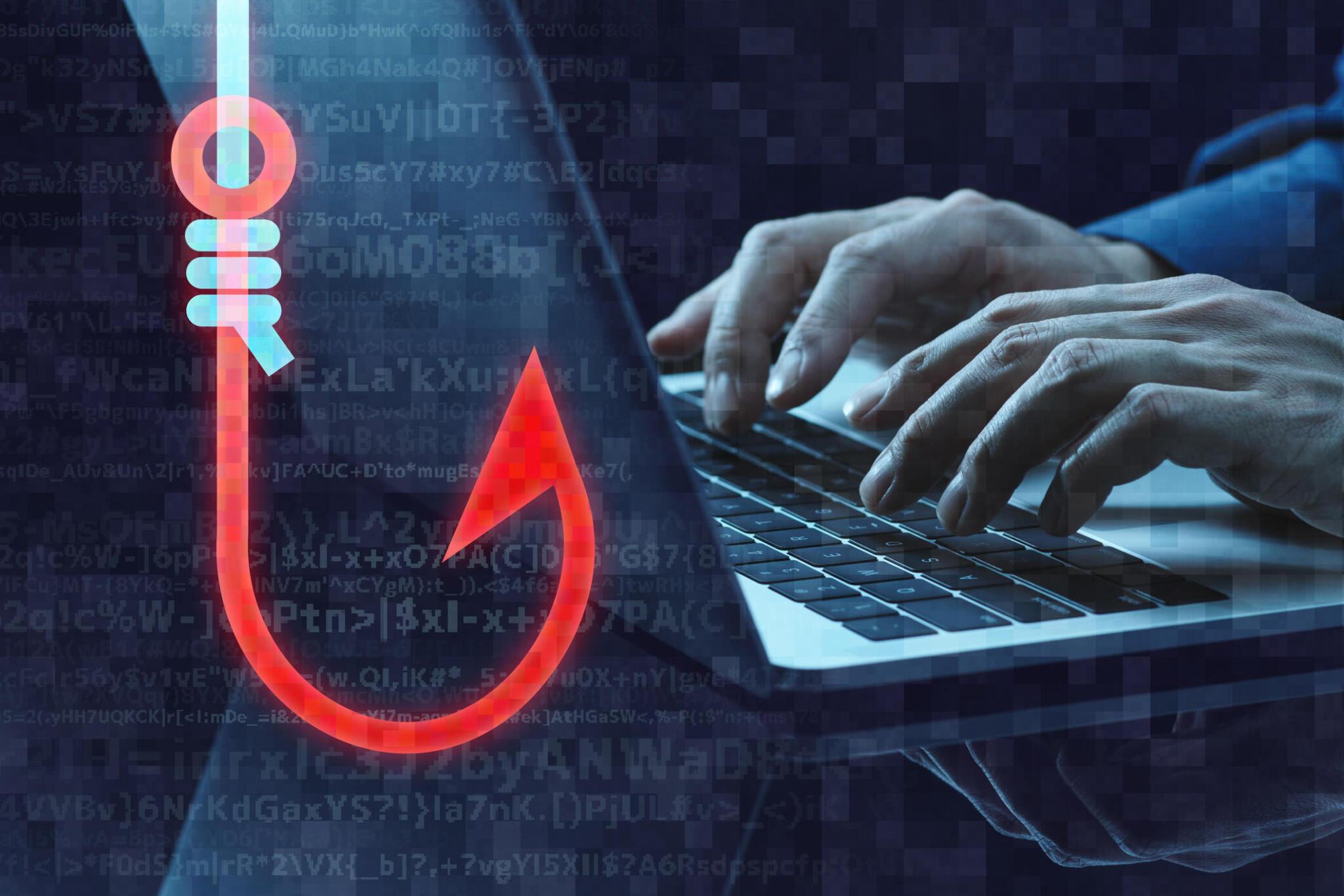In a constantly evolving scenario cryptocurrency worldSecurity has always been a top priority for many investors and enthusiasts, as fraud is a constant threat.
According to the FTC’s Consumer Protection Data Spotlight report, between early 2021 and mid-2022, more than 46,000 people reported losing more than $1 billion in cryptocurrency due to fraud. The report also said that this amount was 60 times the amount lost to fraud in 2018.
That’s why it’s more important than ever to stay informed about fraud risks and warning signs. So, below we take a look at the most frequent scams to watch out for in 2024 as well as security tips every cryptocurrency enthusiast should follow.

fake airdrop
One of the most widespread methods of theft is through fake airdrops. An airdrop is a method of distributing new tokens to users, often used for rewards and/or to further decentralize the network.
Airdrops can be an effective marketing tool for teams as they mean the possibility of winning free tokens, and a way for users to get their hands on assets that may increase in value over time.
Unfortunately, a popular type of scam involves exploiting the success of some airdrops to fool cloud users’ judgment and trick them into interacting with malicious URLs.
The most common way this scam works is very simple. The scammer creates a token with the same name as the URL. The goal is to generate interest by enticing unsuspecting users to interact with the malicious website.
imitation cryptocurrency
In the same vein as the previous scam, it is often said that imitation is the best form of flattery, but this is not the case when it comes to replicating existing cryptocurrencies.
A common scam involves creating fraudulent cryptocurrencies that look identical to existing digital assets from a distance in order to deceive investors.
They have the same symbols and icons as actual cryptocurrencies, so it may be difficult to distinguish them through some wallet interfaces.
The goal is to prevent users from becoming confused and accidentally purchasing the wrong token. In some cases, these tokens may never be sold and may in fact be considered stolen.
“Investment Opportunity”
Be careful when unknown “investment managers” ask you to send cryptocurrencies to their wallet with promises of big returns.
These scammers often use legitimate websites or well-designed apps that look real and use sophisticated investment jargon. Here are some due diligence best practices to stay safe from scams like this:
- Research the history of “investing.”
- Check the credentials of the “investment manager.”
- Request documentation regarding investment terms.
- Be careful with pressure techniques. The “manager” may push you to make a decision.
pump and dump
This is when the value of an asset is artificially inflated by creating “high demand.” Typically, scammers use social media to create excitement. NFT Or cryptocurrency.
This drives prices up, making it harder for investors to ignore the asset. If the price is high enough, the scammer will immediately sell (or dump) the asset, causing the price to collapse.
phishing attack
Phishing scams involve creating fake websites or emails that mimic legitimate platforms. The goal is to trick users into providing sensitive information such as private keys, passwords, and login credentials.
For example, in 2018, Binance, a well-known cryptocurrency exchange, suffered a phishing attack.
Users received an email that appeared to be from Binance, notifying them of a security update and providing a link to a seemingly genuine website.
However, this was a fraudulent attempt to collect login credentials.
Users who fell victim to this phishing scam unknowingly gave themselves access to their accounts, which scammers took advantage of to compromise their assets.
This incident highlights the importance of being alert to phishing attempts, even when they appear to be targeting major platforms in the cryptocurrency industry.
malware and hackers

Fraudsters also use malicious software to steal users’ cryptocurrency wallets, private keys, or login credentials. In the past, there have been significant losses due to hacking of cryptocurrency exchanges and wallets.
A high-profile example of the dangers of malware and hacking is the infamous Mt. There is a Gox exchange. In 2014, Mt. Gox declared bankruptcy after revealing that hackers had exploited vulnerabilities in its systems.
The attack resulted in the loss of approximately 850,000 Bitcoins, worth hundreds of millions of dollars at the time. This incident clearly demonstrates the vulnerabilities of centralized exchanges and highlights the importance of strong security measures.
Users should exercise caution and adopt best practices such as using trusted wallets and enabling two-factor authentication to mitigate the risks associated with malware and hackers in the cryptocurrency space.
How do you protect your assets?
Ultimately, protecting your cryptocurrency in an ever-changing world is a constant challenge.
By following the safety practices of reputable exchanges, implementing strict security measures, and staying informed of potential new scams, you can strengthen your position against emerging threats in the cryptocurrency space.
Security is both an individual responsibility and a collective effort to maintain the integrity of the digital financial ecosystem. To confidently navigate the cryptocurrency landscape, stay informed and prioritize security in every transaction.
Ongoing education, constant vigilance and prudence in trading are the fundamental pillars of protecting cryptocurrencies from the growing problems of fraud and fraud in an ever-evolving digital environment.
